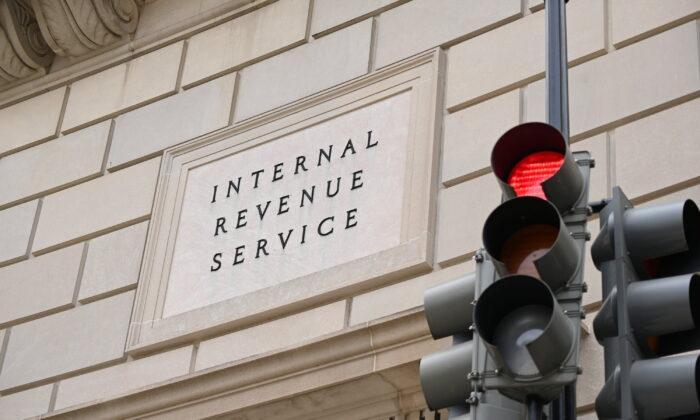The Internal Revenue Service (IRS) has issued an alert to taxpayers, encouraging them to adjust their 2023 withholding so as to either avoid effectively giving the government an interest-free loan of their money or face the prospect of penalties and interest if too little tax is withheld.
Having too much tax withheld and waiting for a refund at tax time is akin to giving the government an interest-free loan.
But if a taxpayer does not have enough taxes withheld from their paychecks throughout the year, they may owe a balance when they file their taxes. This means they will have to pay the remaining balance of taxes owed to the IRS when they file their tax return.
Owing a balance at tax time can be a significant financial burden, especially if the balance is large or if the taxpayer is struggling to make ends meet.
There are also penalties and interest that may apply when the taxpayer owes a balance when filing their taxes. The IRS charges interest on any unpaid taxes starting from the original due date of the return. Penalties may also be assessed if the taxpayer fails to file their return on time or if they owe taxes and fail to pay them by the deadline.
Avoid Quarterly Estimated Tax Payments
The way taxes are paid in the United States is on a pay-as-you-go basis, which means that taxes are paid as income is earned throughout the year. This is typically done through withholding from paychecks, pension payments, Social Security benefits, and certain other government payments.However, for people who have multiple sources of income, such as a second job or income from self-employment, unemployment, annuities, the gig economy, or digital assets, they may be required to make quarterly estimated tax payments to the IRS. This is to ensure that they are paying enough taxes throughout the year and to avoid owing a balance when they file their taxes.
By using the Tax Withholding Estimator tool, the IRS says that taxpayers can tailor the amount of income tax they should have withheld from their paychecks, which can also help avoid the need for quarterly estimated tax payments.
Other Updates
The IRS said on Jan. 19 that individuals and businesses affected by the storm in certain counties in Georgia and Alabama now have until May 15, 2023, to file and pay their federal tax returns.This relief applies to any area designated by the Federal Emergency Management Agency (FEMA) and currently includes Butts, Henry, Jasper, Meriwether, Newton, Spalding, and Troup counties in Georgia and Autauga and Dallas counties in Alabama.
The tax relief postpones the deadlines for filing and paying taxes that were originally due starting Jan. 12, 2023. This means that affected taxpayers will have until May 15, 2023, to file their returns and pay any taxes that were due during this period.
The service provides free online tax preparation software for individuals and families who earned $73,000 or less in 2022.
The agency said it expects that 168 million individual tax returns will be filed this year, and the “vast majority” will be filed before the April 18 deadline.





